$189.97 Original price was: $189.97.$95.99Current price is: $95.99.
SKU: D2LSC 270052483 Category: GROUNDCOVER PLANTS
- Quality that lasts, prices that don't.
- Experience the difference quality makes.
- Satisfaction Guaranteed
- 100% High Quality Guarantee

Celandine Yellow Woods Poppy
Stylophorum diphyllum
Other Names: Wood Poppy, Woods-Poppy, Yellow Wood Poppy
Plant Details
USDA Plant Hardiness Zones: 4a-9b Find Your Zone
Plant Type: Herbaceous Perennial
Height at Maturity: Foliage to 12″; Flowers to 18″
Width at Maturity: 12″+
Spacing: 12″ for mass plantings
Spacing: 12″ for mass plantings
Growth Habit / Form: Mounding
Growth Rate: Fast
Flower Color: Bright Yellow
Flower Size: 1-2″
Flowering Period: Late Spring through Early Summer
Flower Type: Single
Fragrant Flowers: –
Foliage Color: Blue-Green
Fragrant Foliage: –
Berries: –
Berry Color: –
Sun Needs: Part Shade to Shade; avoid direct afternoon sun
Water Needs: Average
Soil Type: Clay (amend heavy clay to ensure good drainage), Loam, Sandy (amend quick draining soils for moisture retention), Silt
Soil Moisture / Drainage: Moist But Well Drained
Soil pH: 5.5 – 7.0 (Acid to Neutral)
Maintenance / Care: Low
Attracts: Butterflies, Beneficial Pollinators, Visual Attention
Resistances: Cold Temperatures (-30F), Deer, Disease, Heat, Humidity, Insect, Rabbit, Heavy Shade
Description
Stylophorum diphyllum, commonly called Celandine Poppy, is a very pretty North American Native perennial in form, flower, and foliage. It forms a lovely mound of foliage to 12 inches high and wide of blue-green, oakleaf-like leaves from which rise stems to 18 inches high bearing 4-petaled, bright yellow flowers resembling those of poppies. The flowers come in late spring through early summer, attracting butterflies and beneficial pollinators. The plant stems contain a bright yellow sap used as a dye by the native Americans. Celandine Poppy prefers life on the shady side, found in the wild in moist woodlands and along streambanks. Morning and evening sun are fine, but do avoid direct afternoon sunlight. In optimum conditions, the plant will often self-sow to form a colony. Our gardens have no problems with pests or disease; the deer and rabbits leave them alone.
Landscape & Garden Uses
Growing 12 to 18 inches tall and a foot wide, the Celandine Poppy is ideal for an accent plant in small garden spaces and containers. Where space allows, it is lovely in groupings or mass plantings in partially to fully shaded woodland settings, especially where the soil is moisture retentive along streambanks and other bodies of water. It is also a perfect filler plant around shrubs and trees in shady borders. It is a fine addition to shade gardens, woodland gardens, butterfly gardens, native gardens, cottage gardens, and yellow theme gardens.
Suggested Spacing: 12 inches for mass plantings
How To Measure Total Square Feet Of A Planting Area
How Many Plants Needed To Cover A Planting Area?
Growing Preferences
Celandine Poppy is easy to grow in moist or wet but well-drained soils and partial to full shade. Morning and evening sun are fine, but avoid direct afternoon sunlight. Heavy, dense clay soils should be amended with organic matter to improve drainage. The plant can usually get enough nutrients when growing in a woodland setting; however, it can benefit from a dose of organic plant food late winter to early spring. No pruning is necessary.
Plant Long & Prosper!
Meet The Wilson Brothers & Staff
Questions? Contact Us!
Be the first to review “Celandine Yellow Woods Poppy(Stylophorum) – 6 Pack Of 1 Gallon Pots” Cancel reply
Related products
Sale!
GROUNDCOVER PLANTS
Sale!
6-12 Inch Height Groundcovers
Sale!
GROUNDCOVER PLANTS
Sale!
GROUNDCOVER PLANTS
Sale!
GROUNDCOVER PLANTS
Sale!
GROUNDCOVER PLANTS
Sale!
GROUNDCOVER PLANTS
Variegated Creeping Fig (Ficus Pumila ‘Variegata’) – 10 Pack Of 4″ Pint Pots
Sale!
GROUNDCOVER PLANTS

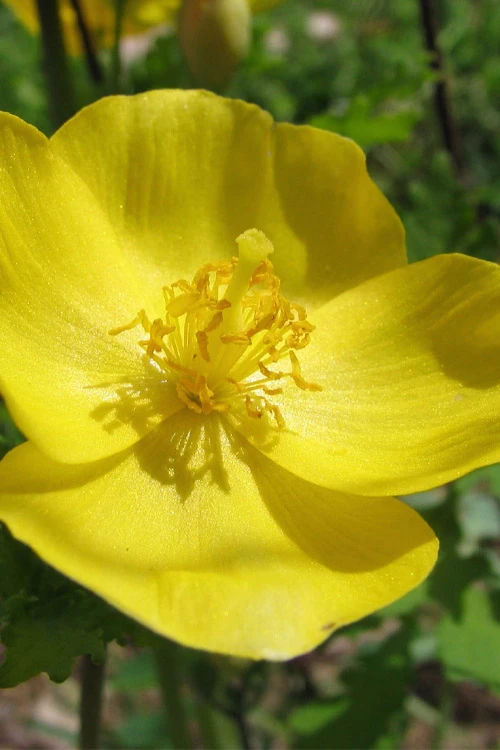
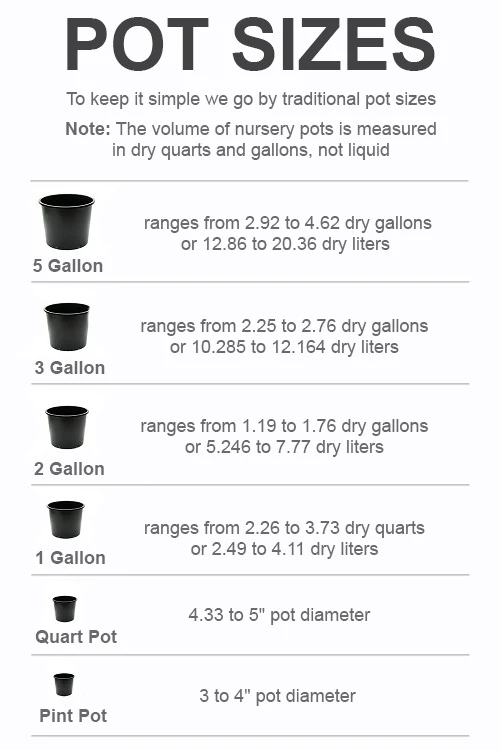
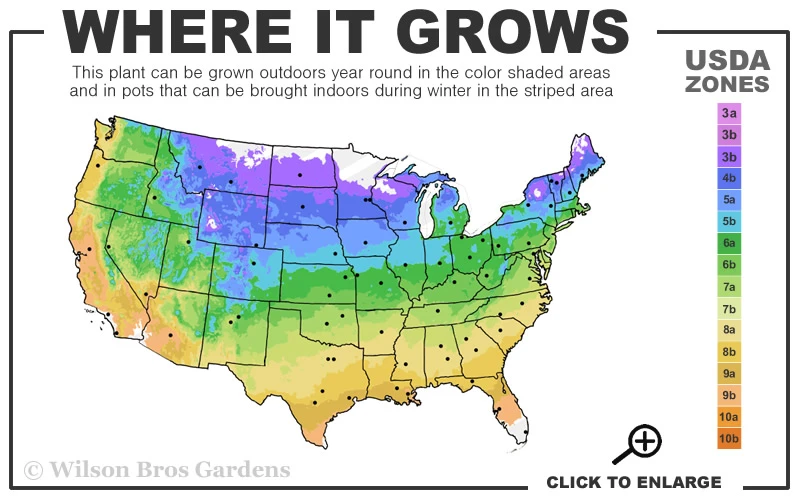
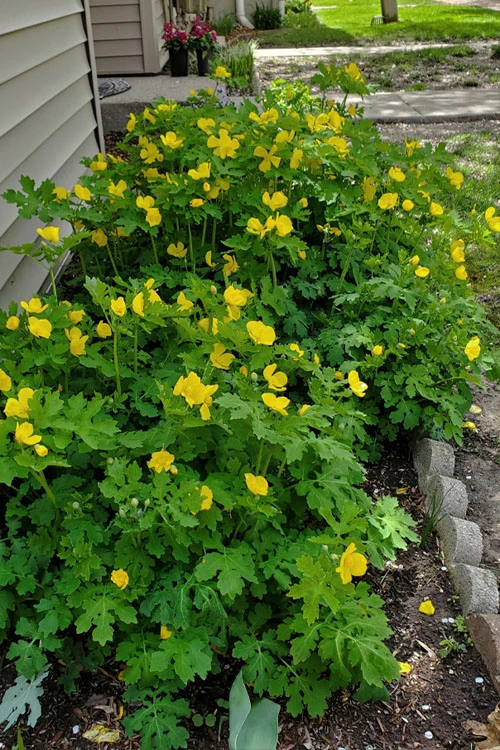
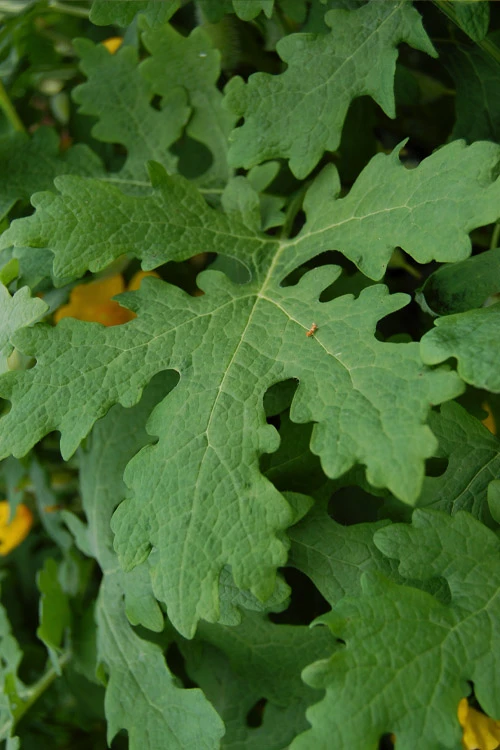
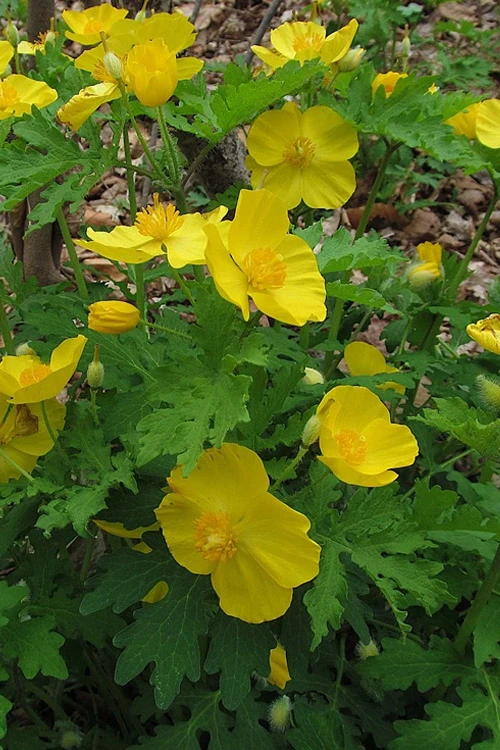

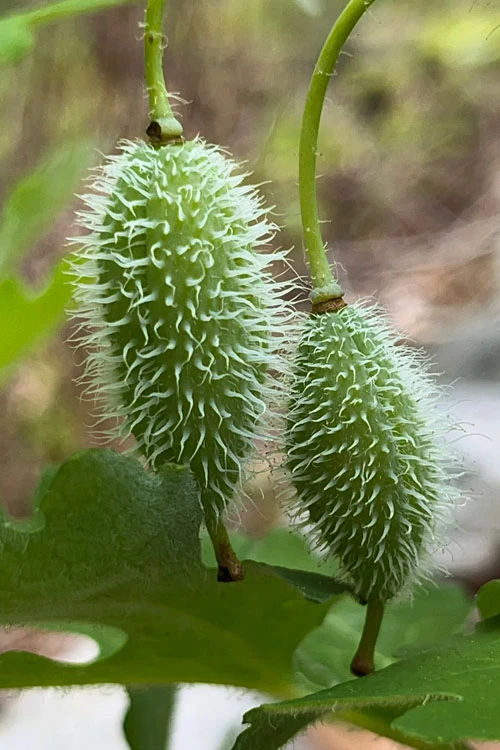
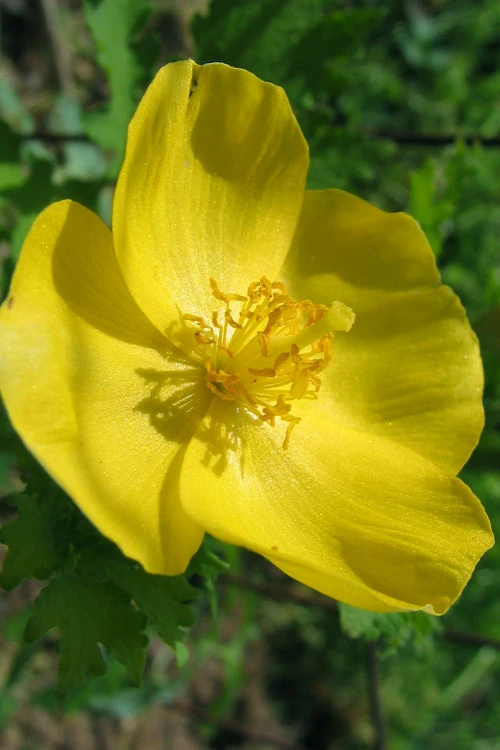
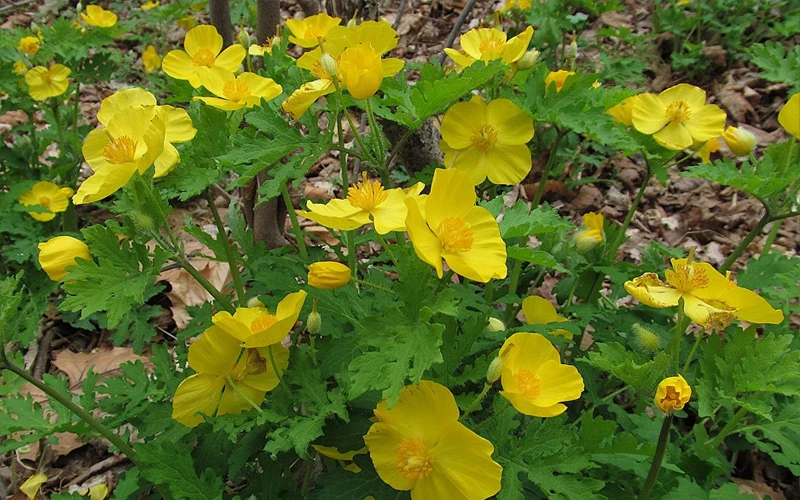
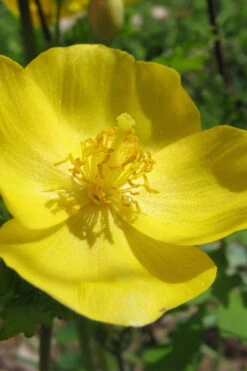
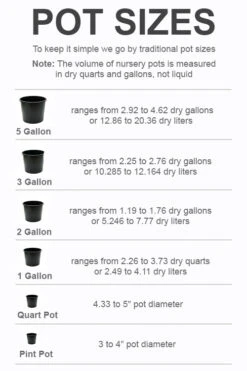


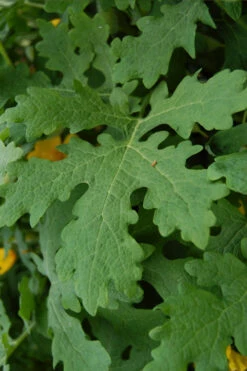


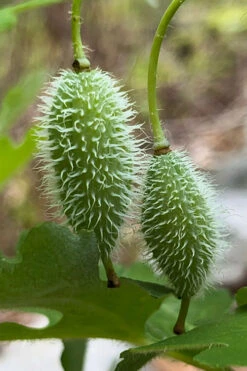

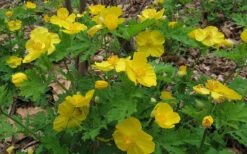
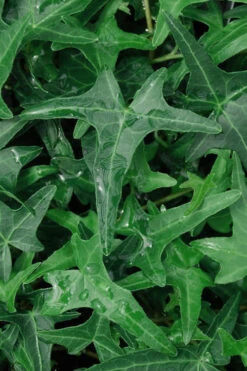


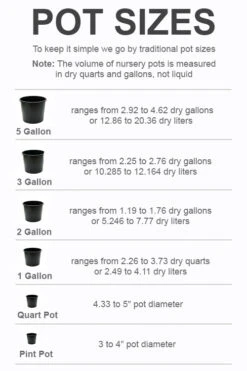
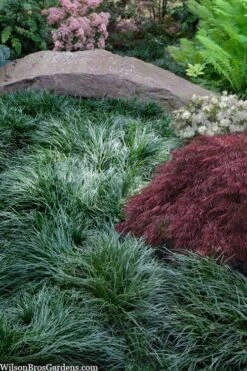
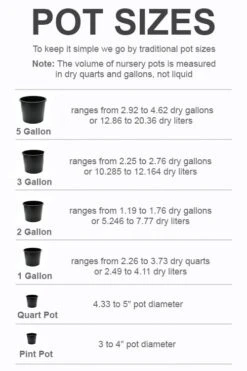

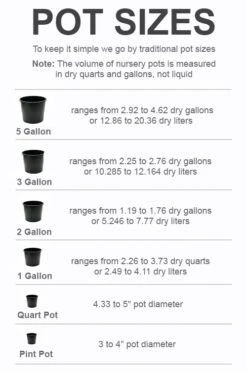
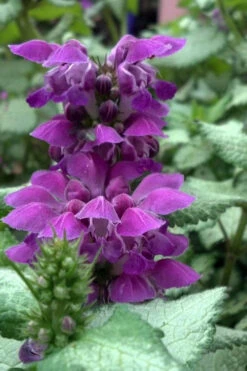
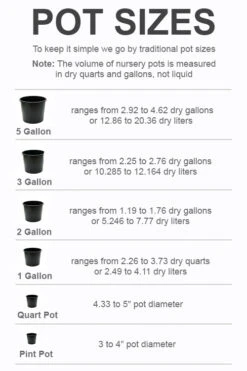
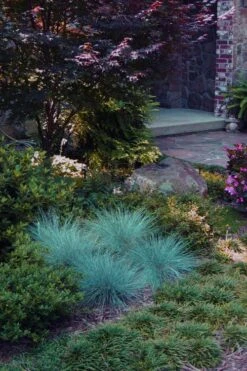
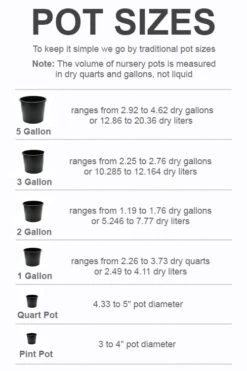

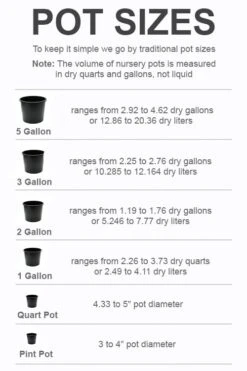
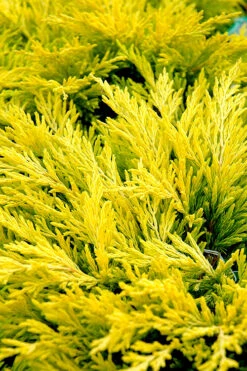
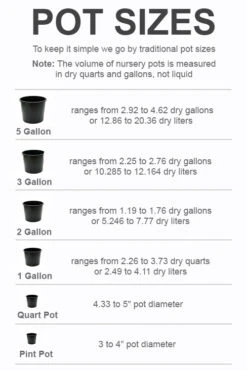
Reviews
There are no reviews yet.